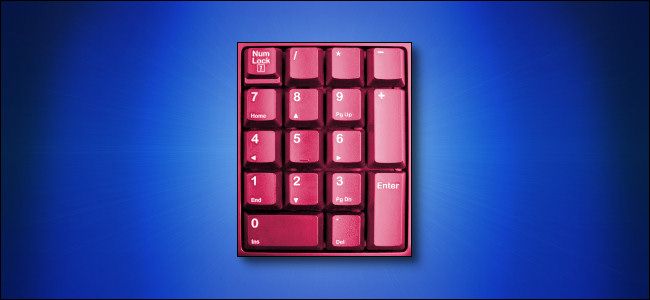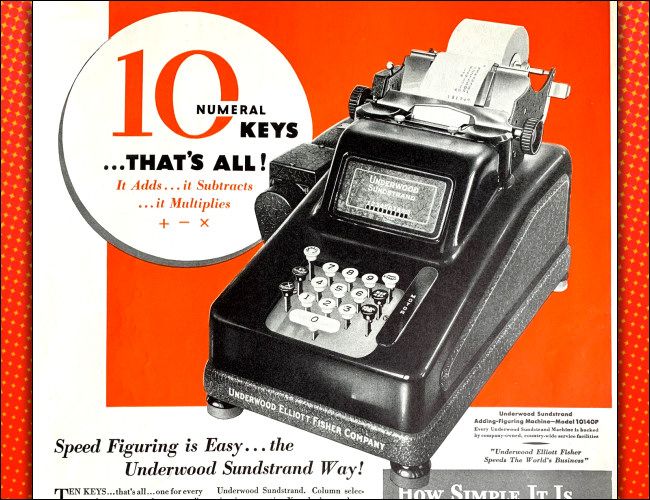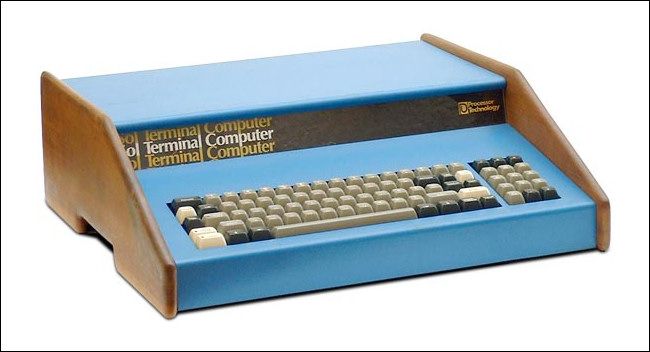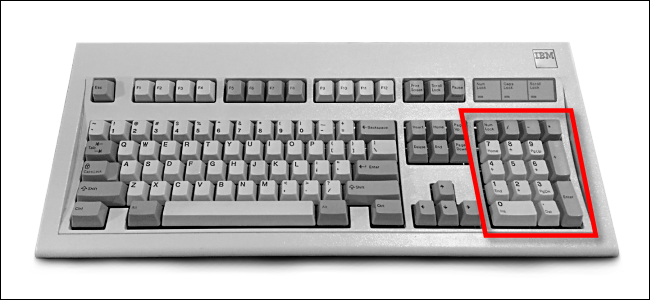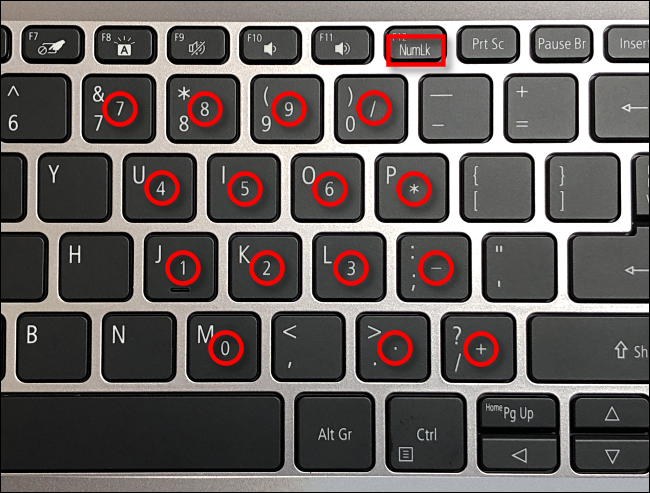Quick Links
If you've ever used a computer, you've probably seen it: A grid of numbers and mathematical operators on the far-right side of a keyboard. It's a numeric keypad---but how did it get there, and why is it laid out the way it is? Let's explore its origins.
It's All About the Math
Computers have numeric keypads because they make repetitive data entry easier. They allow you to type numbers and perform mathematical operations rapidly, with only one hand. The modern design of numeric keypads may seem obvious today, but it is the product of decades of refinement in adding machine technology, most of which took place over 100 years ago.
The modern numeric keypad layout---sometimes called a "tenkey" layout---can trace its roots back to David Sundstrand, whose company released the first commercial tenkey mechanical adding machine in 1914. Prior to the tenkey design, most adding machines used a complex layout that included over 90 keys, with buttons for the numbers 0 to 9 in nine columns. (In fact, many companies continued to use this more complex layout for decades after due to patent restrictions.)
In Sundstrand's much simpler adding machine key layout, you can see the rudiments of now-standard setup: ten numeral keys, arranged in three rows of three with the "0" key beneath them. The numbers count upward from 1 to 9 starting in the lower-left corner of the grid.
Contrast this layout with a telephone keypad, which features the "1" key in the upper-left corner of the number grid. The telephone layout originates from a 1960 usability study conducted by Bell Labs to determine the most efficient layout for Touch-Tone push-button telephone devices.
Sundstrand's company patented the design of the "tenkey" adding machine in 1914, and advertised the layout as being an easier, faster alternative to its competitor's keypads. After the patent expired, many companies imitated Sundstrand's tenkey design. By the 1950s, tenkey had become a common key layout for adding machines on the market.
As electronic adding machines took over from mechanical ones in the 1960s, the tenkey design carried forward. Generations of clerical workers learned how to operate tenkey machines for accounting---and later, for data entry on early tabulating machines. So when it came to data entry on computers, it was only natural to carry the standard tenkey layout forward.
Numeric Keypads at the Beginning of Computers
To find the origins of numeric keypads on computer keyboards, you have to reach back into the dawn of the digital computer itself. As far back as 1951, the operator's console for the UNIVAC I---one of the first commercial digital computers---included a numeric keypad on its keyboard.
By the time the personal computer revolution arrived in the mid-1970s, numeric keypads came along for the ride. Some of the earliest PCs, including the Sol-20, CompuColor 8001 (both 1976), and the Commodore PET (1977) included tenkey-style numeric keypads on their keyboards. In general, the more business-oriented the computer, the more likely it would include a numeric keypad to aid with data entry tasks.
When IBM launched its own personal computer in 1981, it too included a numeric keypad on its keyboard with the tenkey layout. IBM also included mathematical operator keys and a Num Lock key, which switched functions between numeric keypad mode and using some of the keypad keys as cursor (arrow) keys.
From PCs to Everywhere
In 1984, IBM introduced its 101-key Extended Keyboard---now most commonly known as the "Model M"---and of course, the numeric keypad wasn't left out.
This new 101-key keyboard design soon became an industry standard among PC compatibles (and eventually made its way to the Mac in the form of the Apple Extended Keyboard). As manufacturers copied IBM's design, the numeric keypad became standard issue on many PCs of the '80s, '90s, and 2000s.
Interestingly, while you usually find numeric keypads on the right side of a keyboard, not all computers set them up that way. The 1989 Macintosh Portable included a reconfigurable keyboard that let you place a numeric keypad on the left or right side of the keyboard, making it a rare exception to the rule.
And some computers don't include numeric keypads at all but still let you simulate them. For example, many laptops let you press a Num Lock key and convert a grid of letter keys into a numeric keypad for quick data entry on the go.
Of course, if your laptop or keyboard doesn't include a built-in keypad, you can buy a standalone keypad that plugs in via USB. These standalone numeric keypads have a proud tradition in personal computers as well, stretching back at least as far as the Atari 800 in 1979.
With so many people out there doing data entry in spreadsheets, programming, and otherwise, it's likely that numeric keypads will stick with us as long as we have computer keyboards themselves. Math will never become obsolete.

